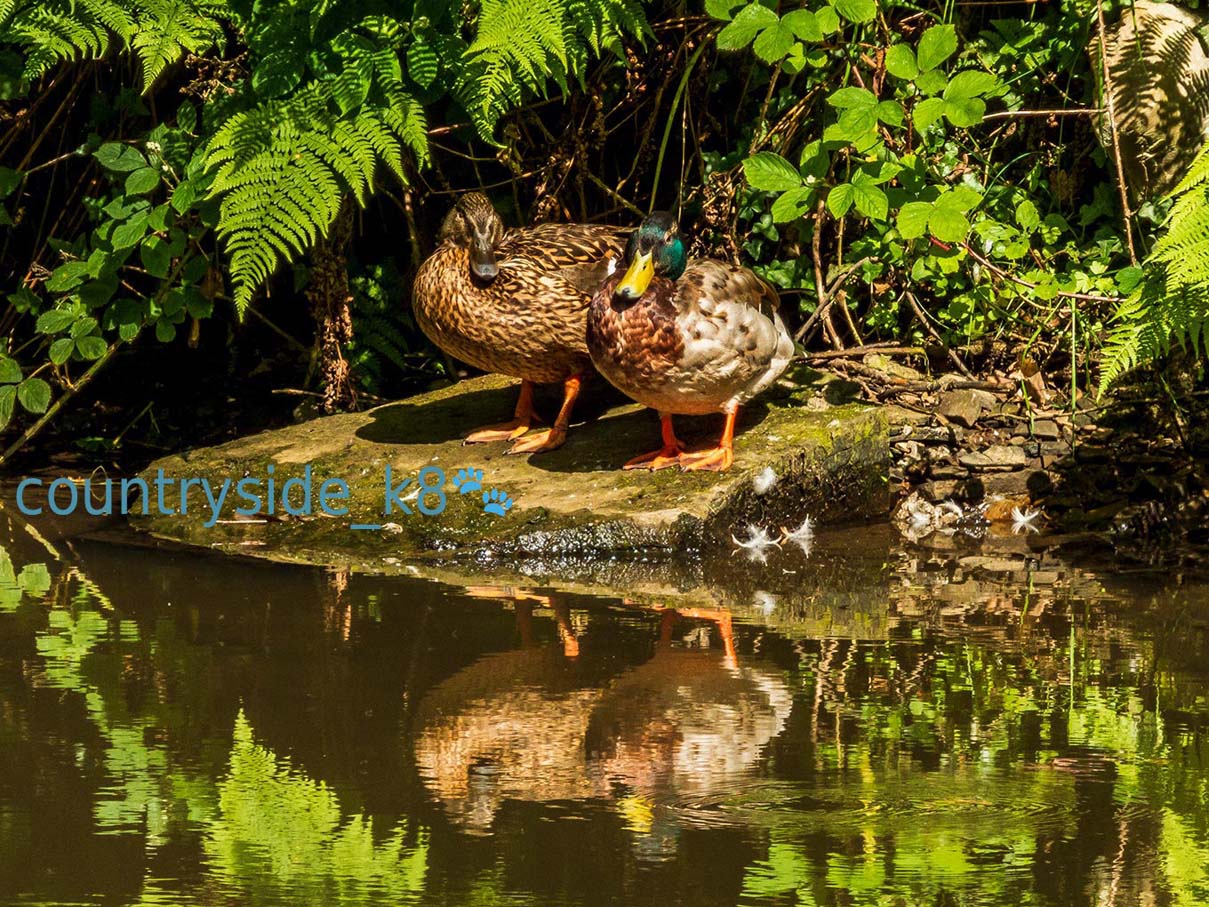
Mallard
Mallard
Latin name: Anas platyrhynchos
The Mallard is Britain’s most commonest and familiar of all the dabbling ducks. The male Mallard has a shiny bottle-green head and a yellow bill. His body is grey and is mainly purplish-brown on the breast. The female Mallard is mottled and brown with a brown and orange bill.
The Mallard feeds by dabbling for food or grazing and will eat plants, insects, seeds, acorns, berries and shellfish.
It breeds in all parts of Britain in summer and winter. It usually nests on river banks, but can nest away from water. The female usually lays between eight and thirteen eggs. The ducklings are able to swim and feed themselves as soon as they hatch.
Mallards in Britain can be resident or migrants. Many birds that breed in Iceland and northern Europe spend their winter in Britain. They are gregarious outside of the breeding season and will form large flocks.
Found throughout the country all year round on any body of water and are a common sight at our local parks and ponds.
Due to the large differences in looks between the male and female Mallard, they were once thought to be different species.
This Mallard is the main ancestor of most breeds of domesticated ducks.
Created: 28 September 2018 Edited: 17 January 2019
Nantile Ridge - Cloud Inversion

Brett Gregory is an award-winning filmmaker based in Bolton whose production company, Serious Feather, is currently making a documentary about autism and poetry.
As a part of this production, Landscape Britain was asked to advise with regards to the location of specific areas of outstanding natural beauty throughout the region.
Visit www.seriousfeather.com for further information.

Own label and private label building products
We produce, brand and supply for some of the biggest names in the industry. Read more...


